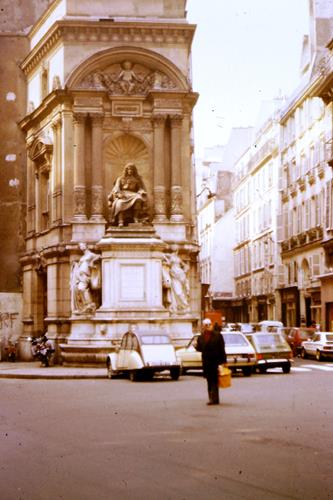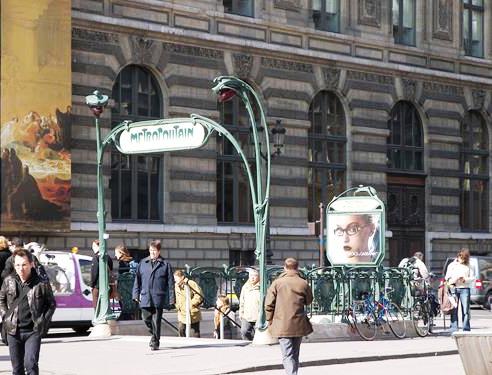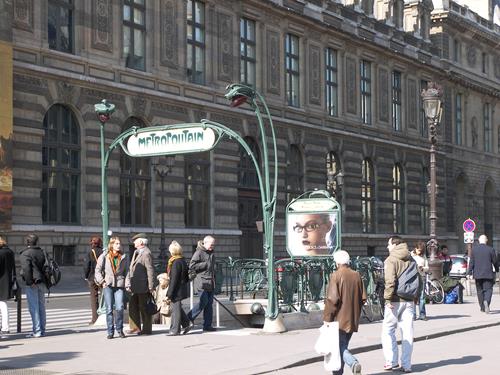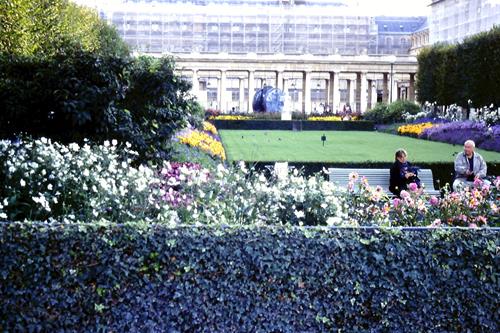
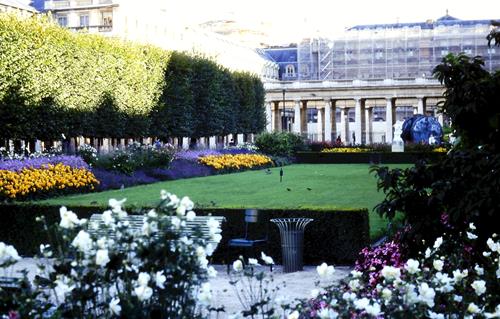
Palais-Royal
| Much of the South side
of the Rue de Rivoli consists of a single building, the Louvre, but here
we’ll concentrate here on the North side, one of my favourite places,
the PALAIS-ROYAL. This was built in 1632 for Cardinal Richelieu, who was
governing France on behalf of the young Louis XIII, and was called the
Palais-Cardinal. When Richelieu died he left the palace to to the King,
who had his own palace across the road and never used the place. On the
death of Louis XIII, however, his widow Marie de Médicis moved in with
her five-year-old son. As the toddler in question was now - and would
remain for over 70 years - Louis XIV, the Palais-Royal became a Royal
Palace for the first and last time in its history. Louis XIV soon grew
up and moved out, and the Palace passed to his brother and his
descendants the Orléans family, who kept it till the Revolution. The
Duke of Orleans under Louis XV opened the garden to the public and built
the row of shops which surrounds it. (‘Now that our cousin has gone into
trade’ quipped the King, ‘I suppose we’ll only see him on early closing
day.’ All the courtiers laughed like drains.
This is the only recorded example of a joke cracked by a King of France.) At one of these shops, in those days a café, Camille Desmoulins leapt onto a table in July 1789 and suggested to the locals that it might be a good idea to storm the Bastille. During the First Republic and the First Empire, the garden became a sort of open-air club, the shops turned into gambling-dens, and the less said about what went on upstairs, the better. When all this was forced to close down in 1830, Louis-Philippe having come to the throne and being not only respectable but also head of the family that owned the place, it became the cool, quiet, charming place it is today. The bars closed, the shops began to specialise in medals and coins for collectors. There are flats above the shops, much favoured by literary people but horrifyingly expensive. There are trees, pigeons, fountains, shade, nannies and prams. The main building is occupied by the Conseil d’État, a constitutional body of the most boring kind; its courtyard has been invaded by a strange sculpture consisting of striped black and white columns, known to English schoolchildren as ‘The ‘Umbugs’. There is a sort of well here, where tourists throw coins, so this is one of the places where Parisian small boys practise coin-fishing; French ‘silver’ coins are made of stainless steel, and can be collected with a magnet on a piece of string. |


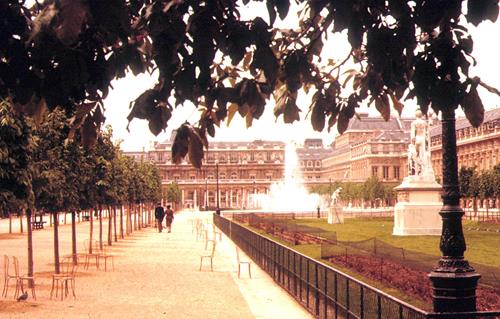
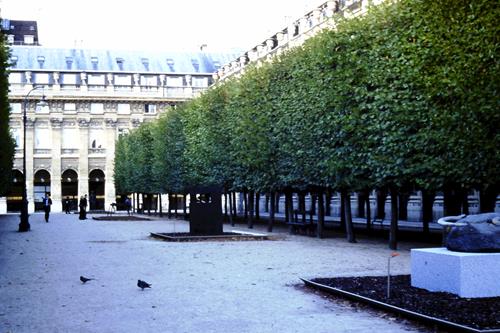
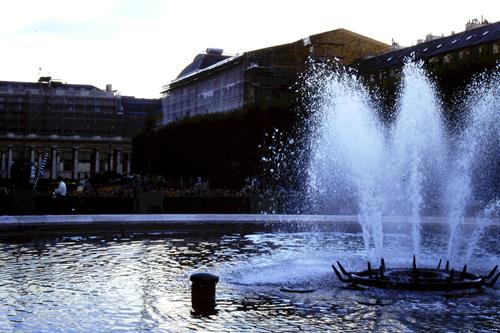
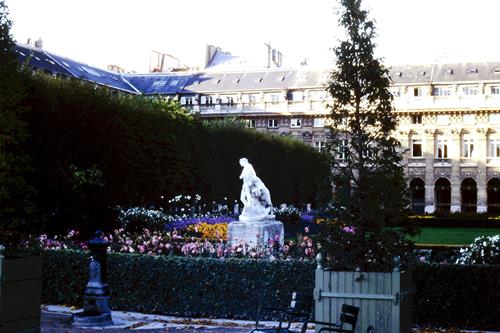
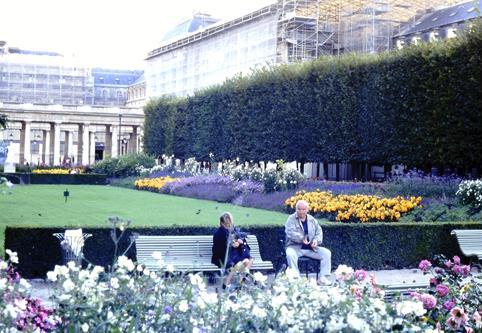
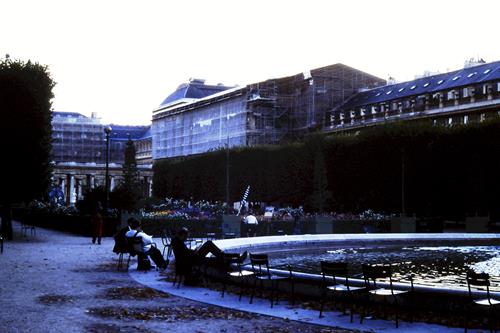
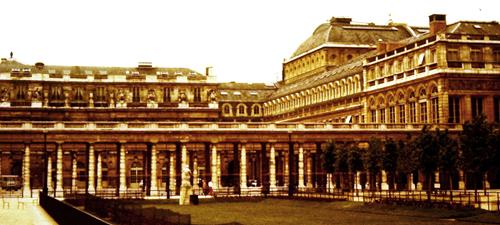
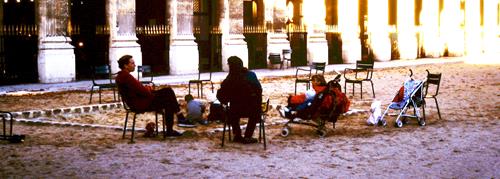
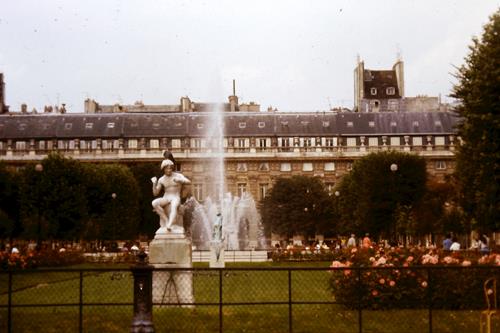
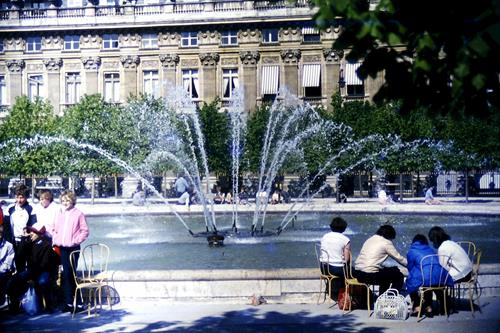
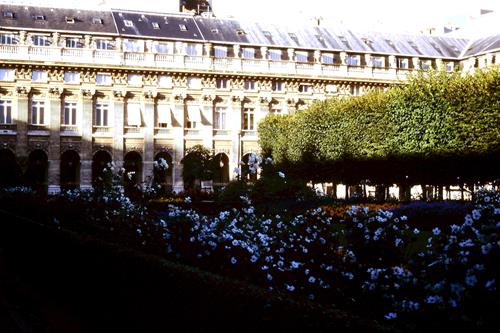
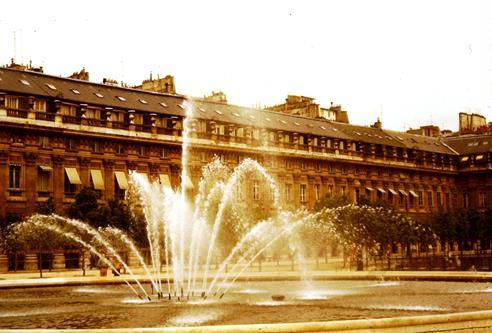
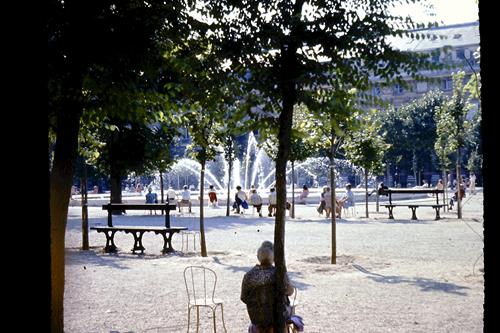
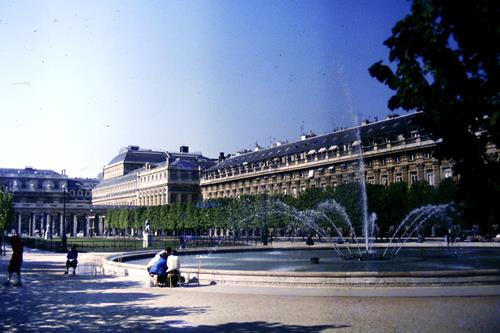
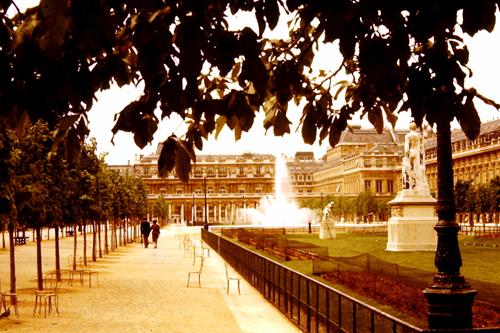
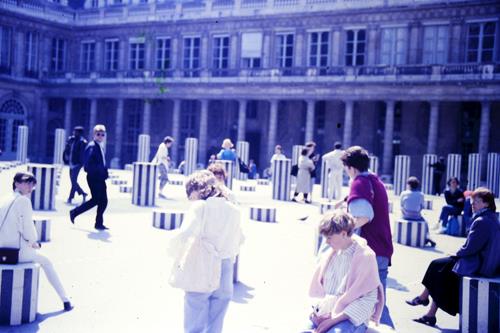
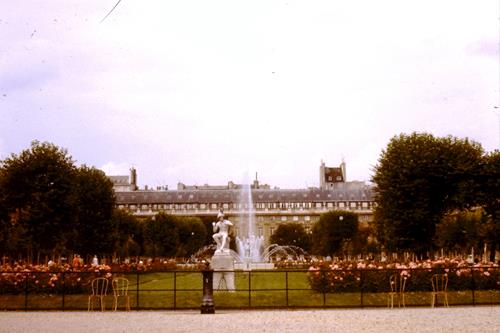



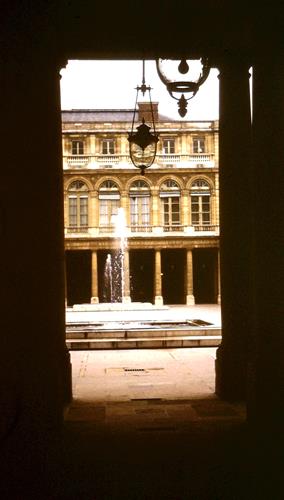
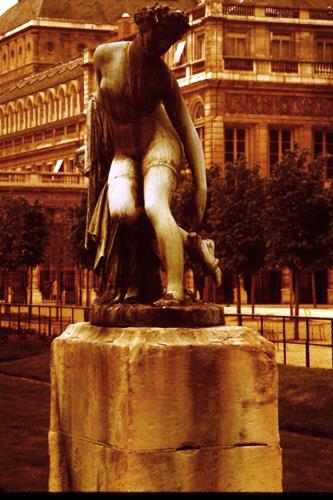
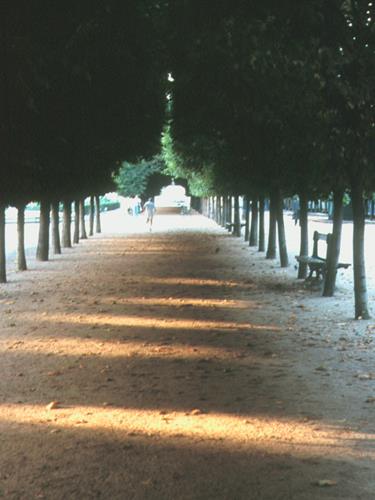
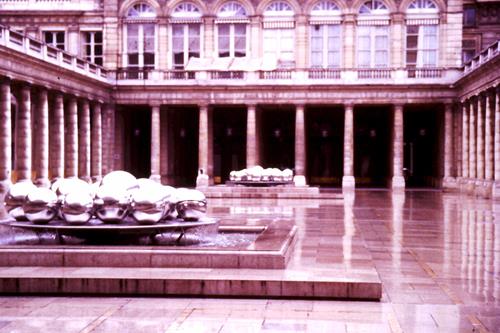
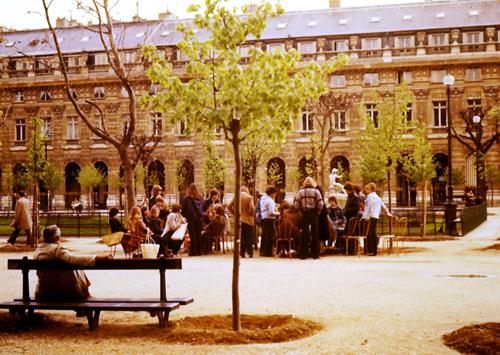

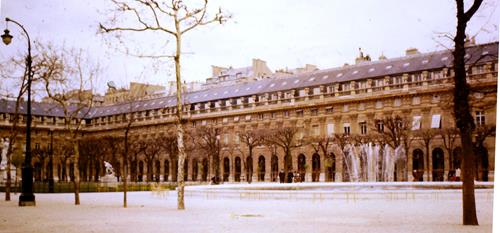
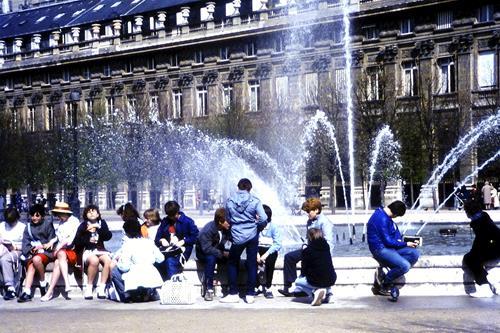
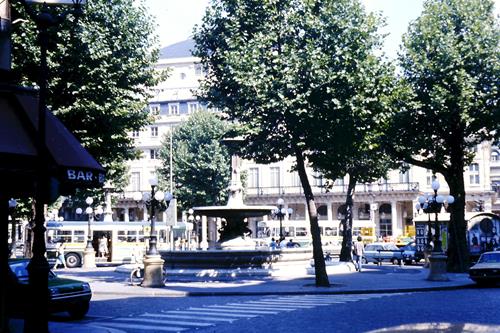
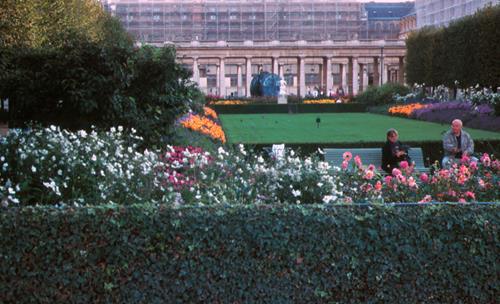

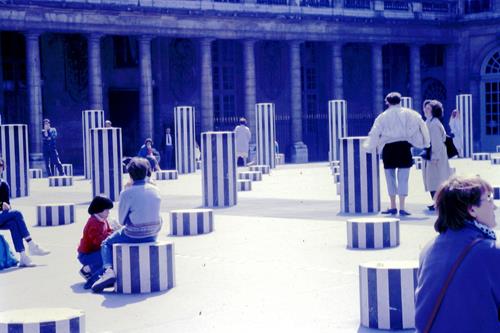
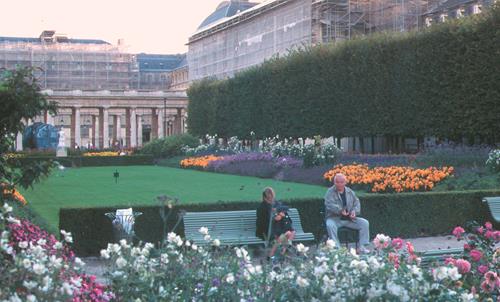
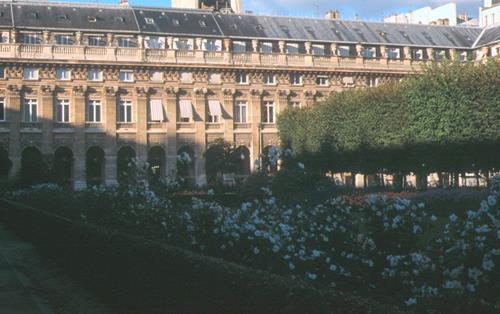


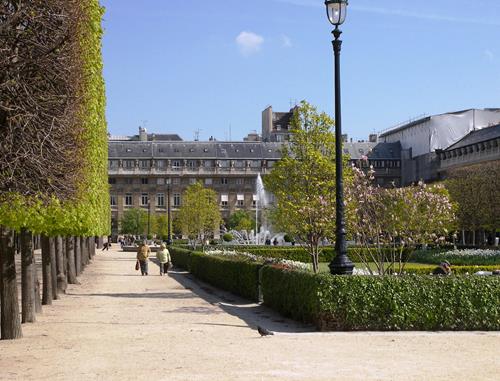

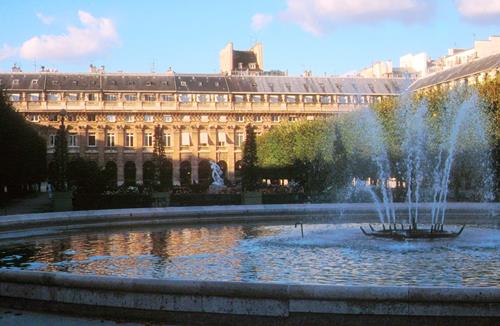
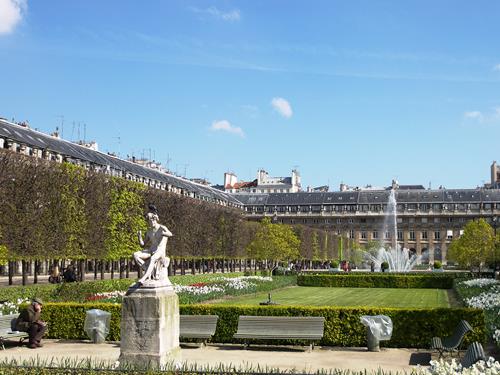
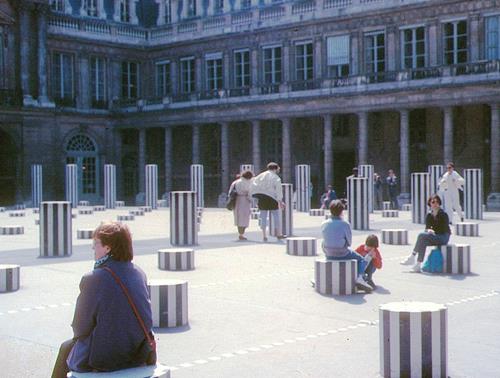
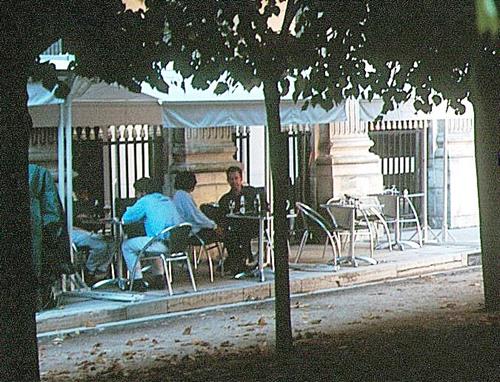
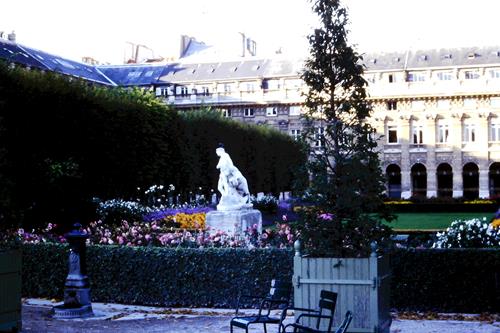
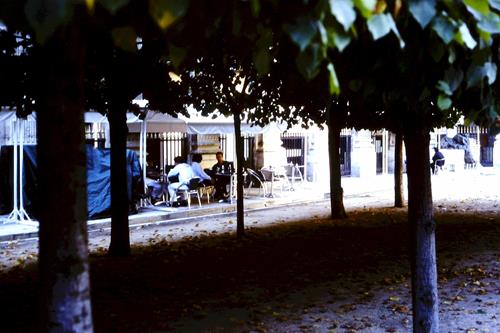
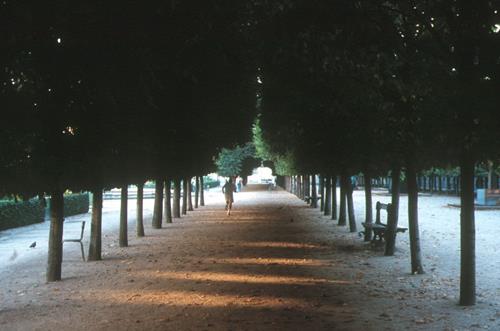
.jpg)
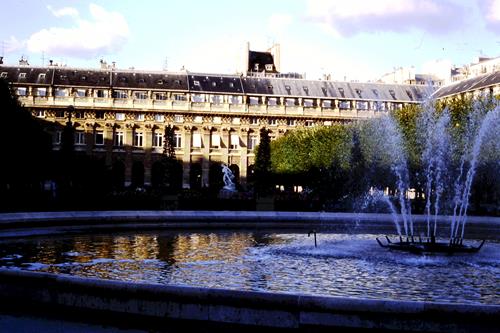
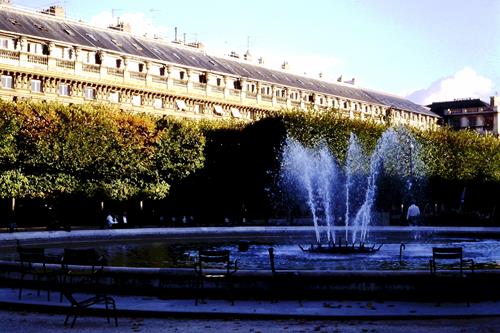
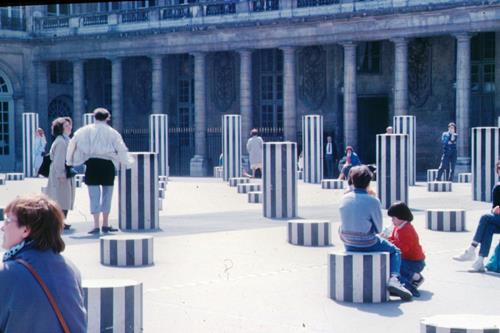
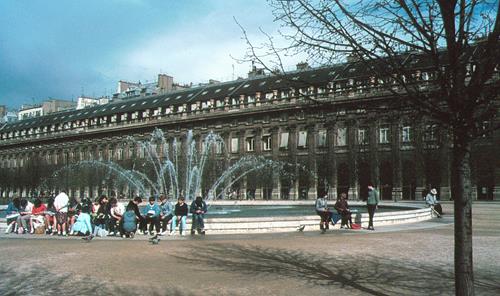
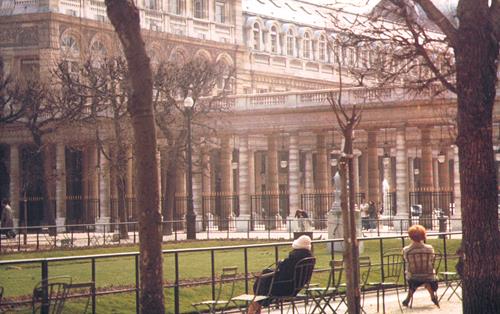
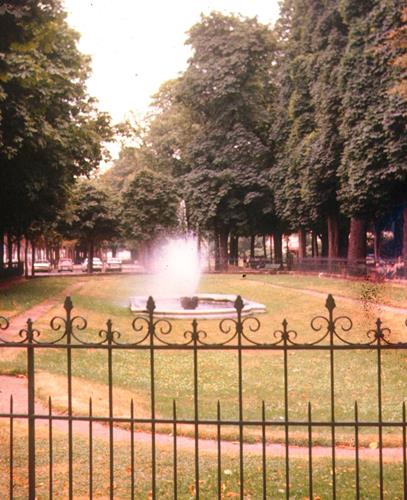

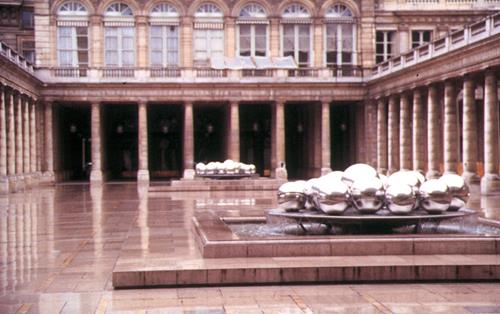
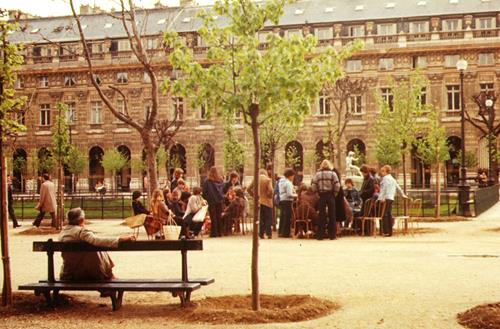
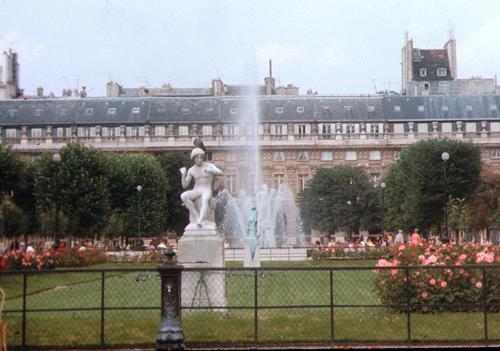
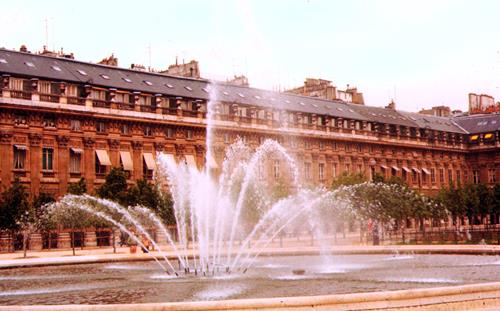
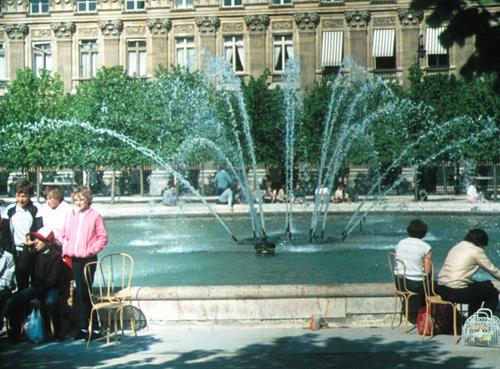
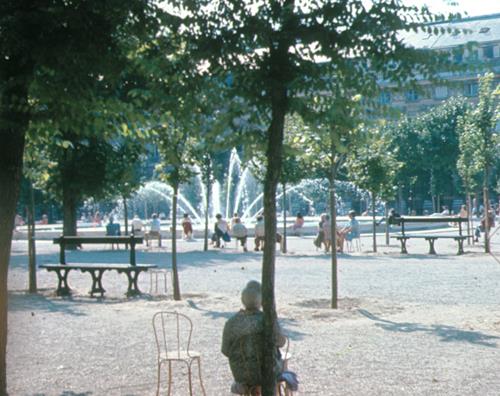
Flanking Streets


